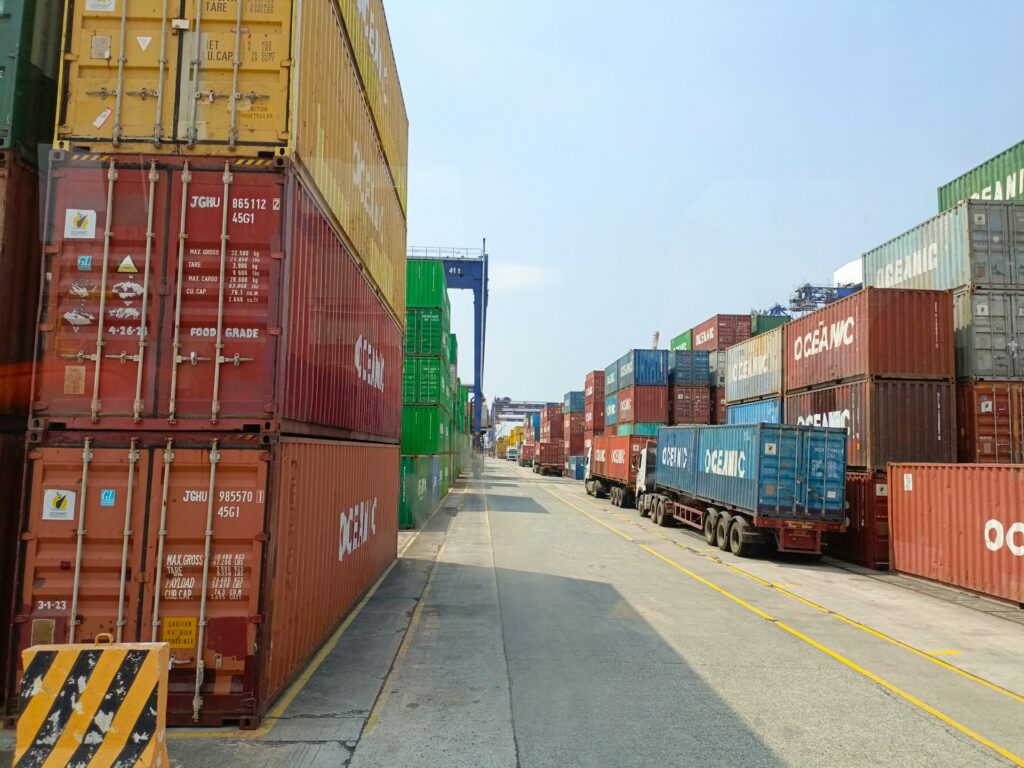Indonesia has become a key destination for global retailers sourcing wholesale furniture. With access to sustainable raw materials, skilled craftsmanship, and established export infrastructure, the country provides unique opportunities for scale. Yet wholesale buyers must also navigate challenges such as lead times, minimum order quantities (MOQs), and compliance requirements. This guide outlines what retailers should know before sourcing from Indonesia.
1. Why Indonesia is Attractive for Wholesale Furniture
- Material sovereignty: Plantation teak, mahogany, and rattan are locally available, reducing import dependency (ITTO).
- Craftsmanship legacy: Jepara, Central Java, has centuries of woodworking heritage blended with modern production.
- Export infrastructure: Ports like Semarang and Surabaya are well-integrated with factory supply chains, supporting container-scale shipments (CIFOR).
2. Opportunities for Retailers
- Wide product range: From outdoor teak sets to indoor hardwood furniture, Indonesia serves diverse retail categories.
- Sustainability edge: SVLK certification is mandatory for exports, giving buyers confidence in legality (FLEGT.org).
- Scalability: Factories can handle container volumes, making it easier to meet retail demand.
- Customization: Many manufacturers offer flexibility in finishes, dimensions, and styles.
3. Pricing Models in Indonesian Wholesale
Retailers should expect:
- FOB (Free on Board) pricing – common in exports; buyers cover freight once goods are loaded at the port.
- Cost variations – influenced by timber type (teak > mahogany > acacia), certification, and finishing details.
- Competitive positioning – Indonesia often sits between Vietnam (cost efficiency) and China (scale) but adds credibility with sustainability.
4. Minimum Order Quantities (MOQ)
- Most wholesale suppliers operate on container-scale orders (20–40 ft).
- MOQ often ranges from 50–100 pieces per SKU, depending on complexity.
- Custom orders may require higher MOQs to justify setup and finishing costs.
5. Logistics and Lead Times
- Standard production cycles: 70–90 days per container, excluding shipping.
- Buyers should factor in 3–4 weeks shipping to Europe or the US.
- Consolidation options exist for smaller buyers, but wholesale generally requires full containers.
6. Challenges to Consider
- Longer lead times compared to Vietnam.
- Higher labor costs than some competitors.
- Certification and compliance checks add complexity but build long-term trust.
- Currency fluctuations (IDR vs USD) can impact pricing stability.
Wholesale Sourcing Snapshot
| Factor | Opportunity | Challenge |
|---|---|---|
| Materials | Abundant teak, mahogany, rattan | Certification adds cost/time |
| Pricing | Competitive FOB rates with sustainability edge | Higher than Vietnam for some categories |
| MOQs | Container-scale orders manageable for retailers | Limits access for small buyers |
| Lead Times | Reliable 70–90 day production flow | Longer than Vietnam’s 45–60 days |
| Export Infrastructure | Strong port access and established workflows | Distance adds logistics costs |
FAQ
Q: What is the typical MOQ when sourcing wholesale furniture from Indonesia?
A: Most manufacturers set MOQs at container-scale (50–100 units per SKU), though some offer consolidated shipments for smaller buyers.
Q: How do prices compare with Vietnam and China?
A: Vietnam is generally cheaper, China excels in mass production, while Indonesia’s edge is in certified, sustainable wood furniture with strong craftsmanship.
Q: Can wholesale buyers request custom designs?
A: Yes, many manufacturers allow customization in finishes, styles, and dimensions, but this usually increases MOQs and lead times.
Q: What certifications should retailers verify before importing?
A: SVLK is mandatory, while FSC® is optional but recommended for eco-conscious markets.

